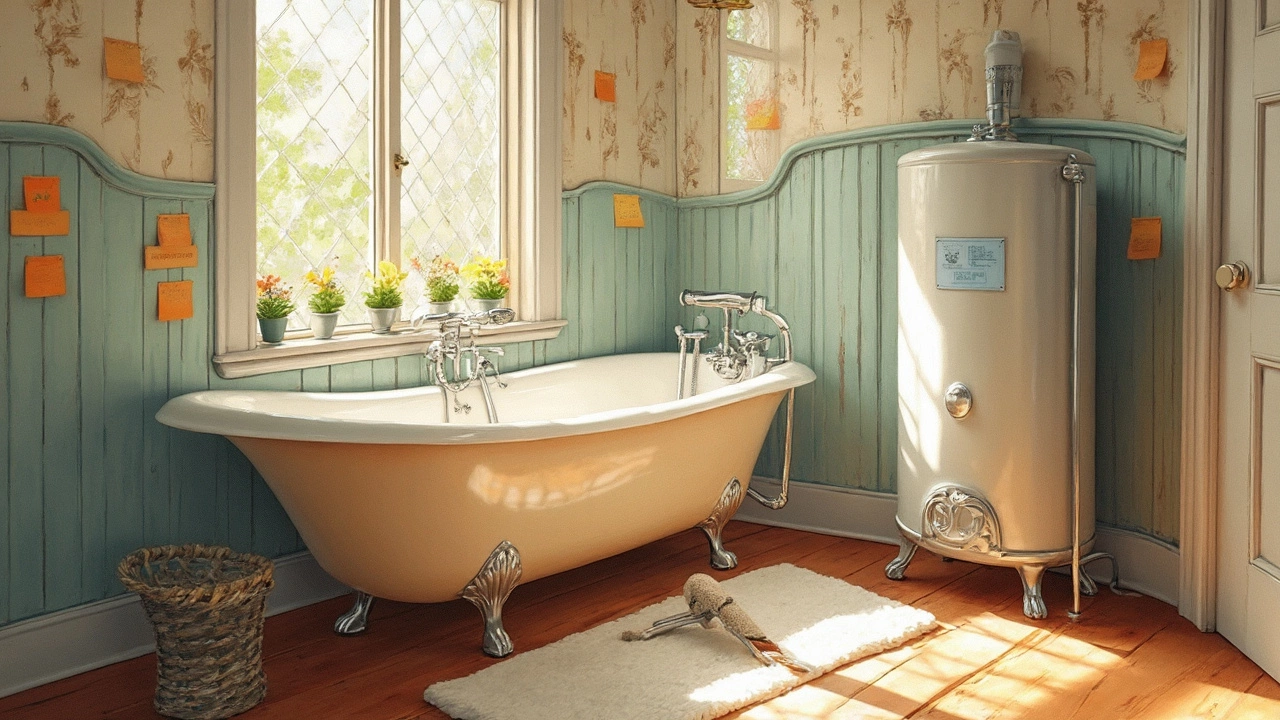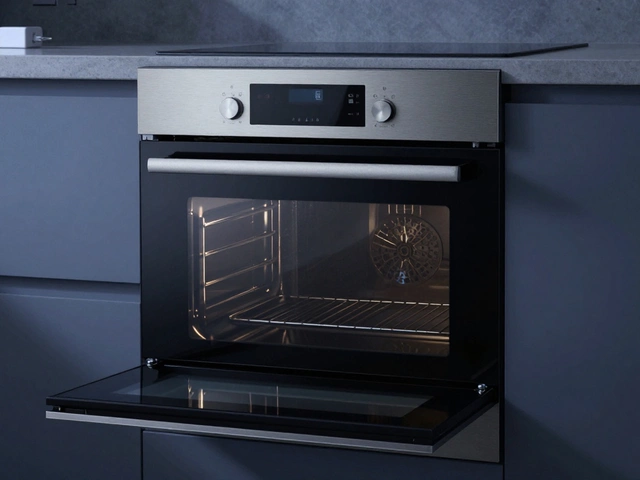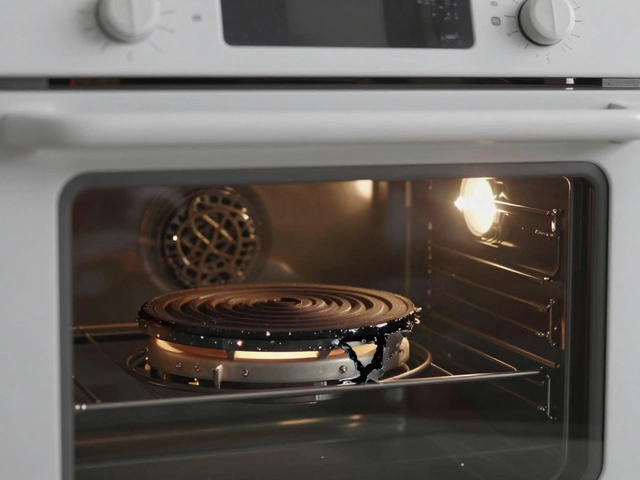Water Heater Replacement: What You Need to Know
When working with water heater replacement, the removal of an aging water heater and installation of a new unit. Also called hot water system upgrade, it ties directly to plumbing, the network of pipes and fixtures that deliver water throughout a home and appliance repair, professional services that fix or replace household machines. Understanding how a water heater, a device that heats water for showers, washing, and cooking works helps you plan a smoother swap.
Most homeowners notice a problem before the tank bursts. Common signs include lukewarm showers, strange noises, rusty water, or a sudden increase in energy bills. Those clues point to declining water heater replacement efficiency and possible safety hazards. When a unit loses its ability to keep water hot, the thermostat or heating element may be failing, and mineral buildup can corrode the tank. Ignoring the issue not only wastes money but also puts you at risk of leaks that damage floors and walls.
There are two main families of water heaters: electric and gas. An electric heater relies on a heating element and a thermostat, while a gas unit uses a burner and a venting system. The replacement steps differ slightly—electric models need a circuit breaker turned off, whereas gas models require the gas valve closed and proper vent clearance. Knowing which type you have determines the tools you’ll need: pipe wrenches, a bucket for draining, a voltage tester, and, for gas units, a leak‑detecting solution.
The replacement process follows a logical sequence. First, shut off power at the breaker or gas at the main valve. Next, turn off the cold‑water supply and attach a hose to the drain valve to empty the tank. Once the water is gone, disconnect the inlet and outlet pipes, remove any mounting brackets, and carefully lift the old unit out of its cabinet. Position the new heater, re‑attach the pipes, restore the power or gas, and finally, fill the tank and bleed air from the system. A quick test—running hot water at a tap—confirms everything works.
Even if you’re handy, calling a qualified pro can save headaches. Licensed plumbers know local codes, especially for gas lines and venting clearances, and they can certify that the installation meets safety standards. A professional also offers a warranty on both labor and the new unit, which can be worth the extra cost. Typical replacement prices range from £600 to £1,200 depending on size, brand, and complexity, but a well‑installed, energy‑efficient model can lower your utility bills by up to 30 %.
Key Considerations Before You Start
Before you pick a new tank, think about capacity (liters), fuel type, and energy rating. A larger household may need a 180‑liter unit, while a couple can get by with 80‑liters. High-efficiency models often carry a better Energy Star rating, which translates to lower running costs and a smaller carbon footprint. Also, assess the space where the heater sits; compact “tank‑less” systems fit tighter spots but require higher flow rates.
Now that you understand the why, what, and how of water heater replacement, you’re ready to choose the right approach for your home. Below you’ll find a hand‑picked collection of articles that dive deeper into troubleshooting hot‑water problems, comparing gas versus electric options, and figuring out when it’s smarter to repair rather than replace. Browse the list and pick the piece that matches your current situation—you’ll get practical tips, cost breakdowns, and step‑by‑step guides to keep your showers steaming and your wallet happy.
Water heaters play a crucial role in daily life, but how long do they last? Depending on the type, a well-maintained water heater can last anywhere from 8 to 12 years or even longer. Get tips for regular maintenance and recognize signs that it's time for a replacement. Understanding the lifespan of different water heaters can help you plan for future upgrades while maintaining your hot water supply.



